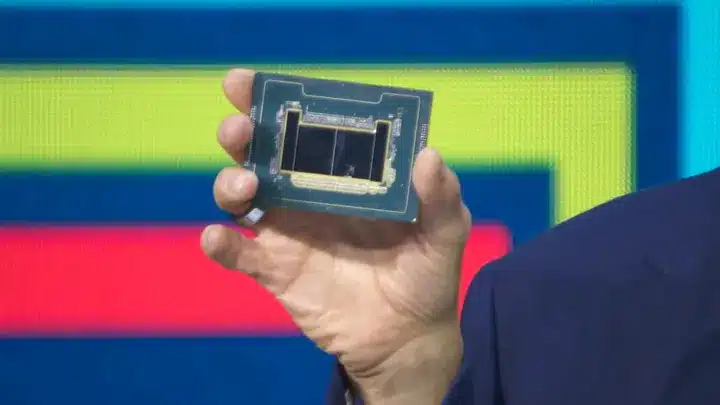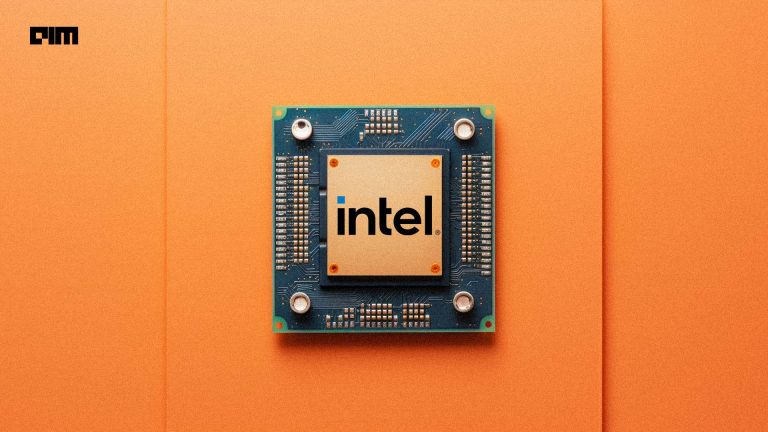Intel announced a positive first-quarter earnings conference call recently. Talking about the non-GAAP financial measures when reporting the consolidated results, Intel’s leadership said the company had an excellent Q1 in the middle of astonishingly challenging times.
During the conference call, Intel’s CEO, Bob Swan and our CFO, George Davis, talked about what went right for the company despite such challenging times. Especially for a company like Intel, analysts expected that supply chain disruptions would have affected its revenue badly. But, it seems that was not the case. According to Intel, the company made $19.8 billion in revenue for Q1, up 23% year-on-year, and gave $1.45 in earnings per share.
Specifically, the hardware giant reported that its data-centric businesses expanded 34% and presently factor about 51% of the company’s revenue. Apart from that, to the surprise of many analysts, its PC-centric business grew 14%.
“Soon after our January call, we began to see the consequences of COVID-19 in China forced many of our ODM partners to stretch Chinese New Year factory shutdowns. ODM partners have now retreated to work, and production is growing every week,” said the CEO.
Intel reported that its supply chain partners helped keep its business operating during the pandemic, which served to a positive quarterly report. In short, Intel was successful in mitigating the supply chain issues as a result of COVID-19 and therefore met all of its committed client CPU orders as required.
The overall data-centric revenue of $10.1 billion, climbed up 34% year-on-year and amounted for 51% of Intel’s total revenue, which it says is an all-time high. PC-based revenue amounted to $9.8 billion, up 14% year-on-year, which is a strong signal of its sales revenue in the first quarter, which the company says is a result of increased supply of capacity additions.
Factory Production Still Going Strong For Intel
The CEO reported the factory’s production did not get affected during the COVID-19 crisis. “Our world-class safety measures have enabled our factories to operate safely on a nearly normal basis with greater than 90% on-time delivery,” Intel’s CEO Bob Swan stated.
Intel has been growing tremendously well when it comes to cloud and networking business. It has been supporting clients worldwide for providing massive scaling to help support critical workloads, which is why cloud and communication service provider operations grew by 53% and 33% year-on-year for Intel respectively. The two areas made 70% of Intel’s data centre revenue.
Intel has made significant advancements on a wave of 10-nanometer-based product launches this year. The past Q1, Intel came out with the new Intel Atom P5900 SoC, Snow Ridge, a 10-nanometer-based new addition to its portfolio of 5G products. “We are a leading silicon provider in 5G infrastructure, and Snow Ridge extends our reach to the fourth edges of the network,” Intel’s CEO said. Intel also won significant design wins at Ericsson, Nokia and ZTE.
Intel’s leadership also reported of its advancements in autonomous driving and advanced driver-assistance systems (ADAS) segments. According to Intel, its Mobileye won a milestone first design contract with a big OEM in Asia. The company is making strides in embedding its AI capabilities in this area.
According to Intel, its platforms which provide telemedicine have also taken on higher value since the outbreak of COVID-19 as hospitals and healthcare operators scale to satisfy the growing demand for care. As per the earnings conference call, Intel’s products and capabilities have been providing necessary computing capability for healthcare research, medical robotics, and artificial intelligence and analytics for global health services.
Going Forward
Based on demand signals from our customers, the company foresees strong performance in cloud and communications infrastructure to continue in Q2. At the same time, the company announced that its IoT Group (IOTG) and Mobileye would see lower demand due to COVID-19 in Q2.
Intel also said it would be launching its next-generation mobile processor, Tiger Lake in the middle of 2020, which will provide superior performance using the second-generation 10-nanometer process as part of Tiger Lake-based notebook designs.



















































































